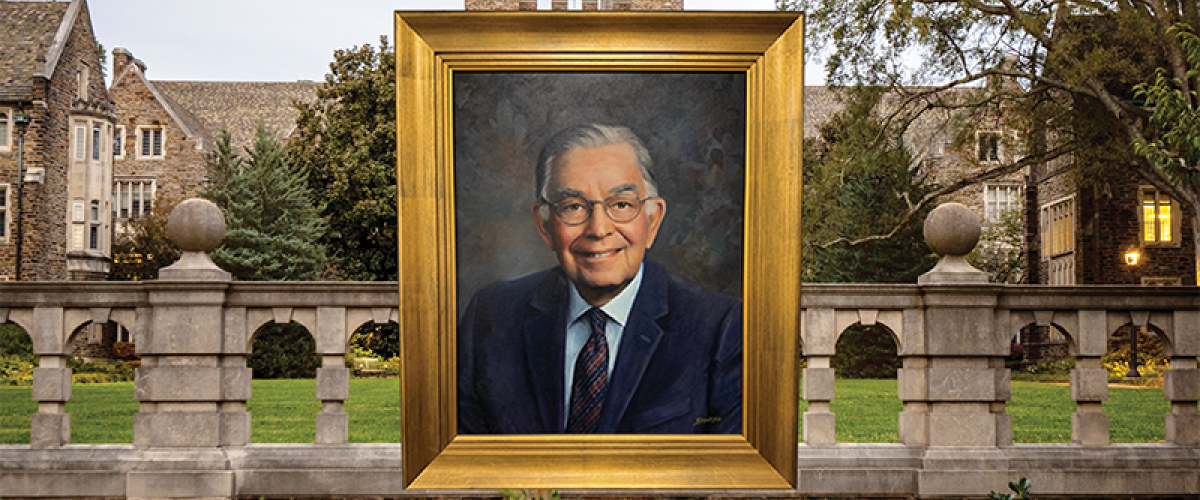
Merel H. Harmel, MD, has been a part of the Duke Anesthesiology family throughout its entire existence. He was recruited to Duke in 1971 to serve as chair of the newly-created Department of Anesthesiology. Like Dr. C. Ronald Stephen, the young Dr. Harmel was determined to play his part in developing anesthesiology into a distinct and valued specialty within the surgical landscape. Before he came to Duke, Dr. Harmel had already founded two esteemed anesthesia departments at the State University of New York (SUNY) Downstate Medical Center and the University of Chicago. This unique experience proved crucial to his success at Duke. Upon his arrival, he was provided with a team of six physicians, 12 student nurses, approximately 15 graduate nurses, and $250,000 with which to create an academic department on a par with the leading anesthesiology departments in the nation. Dr. Harmel met this challenge by establishing a firm foundation for the department in three primary areas: clinical care, education and research.
Perhaps Dr. Harmel’s most significant contribution, however, was the Duke Automatic Monitoring Equipment (DAME) system. Shortly after his arrival, Dr. Harmel recruited a physician scientist named David A. Davis, MD. Assisted by a bright young engineering technician named Larry Dowell, Dr. Davis experimented with telemetry and monitoring anesthetic depth using the electroencephalogram and the electromyogram. Dr. Davis created a successful four-channel telemetry monitoring system, which sparked Dr. Harmel’s interest in isolating physiological elements of anesthetics. As a result, Dr. Harmel recruited Joannes H. Karis, MD, two post-doctoral engineers, Larry Burton, PhD, and Marc Rafal, PhD, as well as Fritz Klein, PhD, from the Department of Electrical Engineering, and Frank Block, Jr., MD, to create a computer-based monitoring network.
This network, which became known as the DAME, was the first computerized monitoring system in the world to produce an objective record of vital signs. This type of system, which was about 20 years ahead of its time, is now standard of care in the operating room. As a result of this and other similar innovations, such as the microDAME and ARKIVE, Duke Anesthesiology is now internationally recognized as a pioneer in monitoring and informatics. Even though technology has changed remarkably in the past 50 years, Duke’s reputation for pioneering new technology has not.